Some settlements cling to precipitous edges with the determination of barnacles on ship hulls, their existence seeming to mock the laws of physics. These communities perch on cliff faces, mountain ledges, and rocky outcrops where flat land is a luxury, and every building foundation requires engineering ingenuity.
The residents of these gravity-defying villages have developed unique solutions for daily life—hauling water uphill, constructing houses that lean into rock faces, and creating transportation systems that terrify most visitors. Here is a list of 15 clifftop villages defying gravity.
Positano
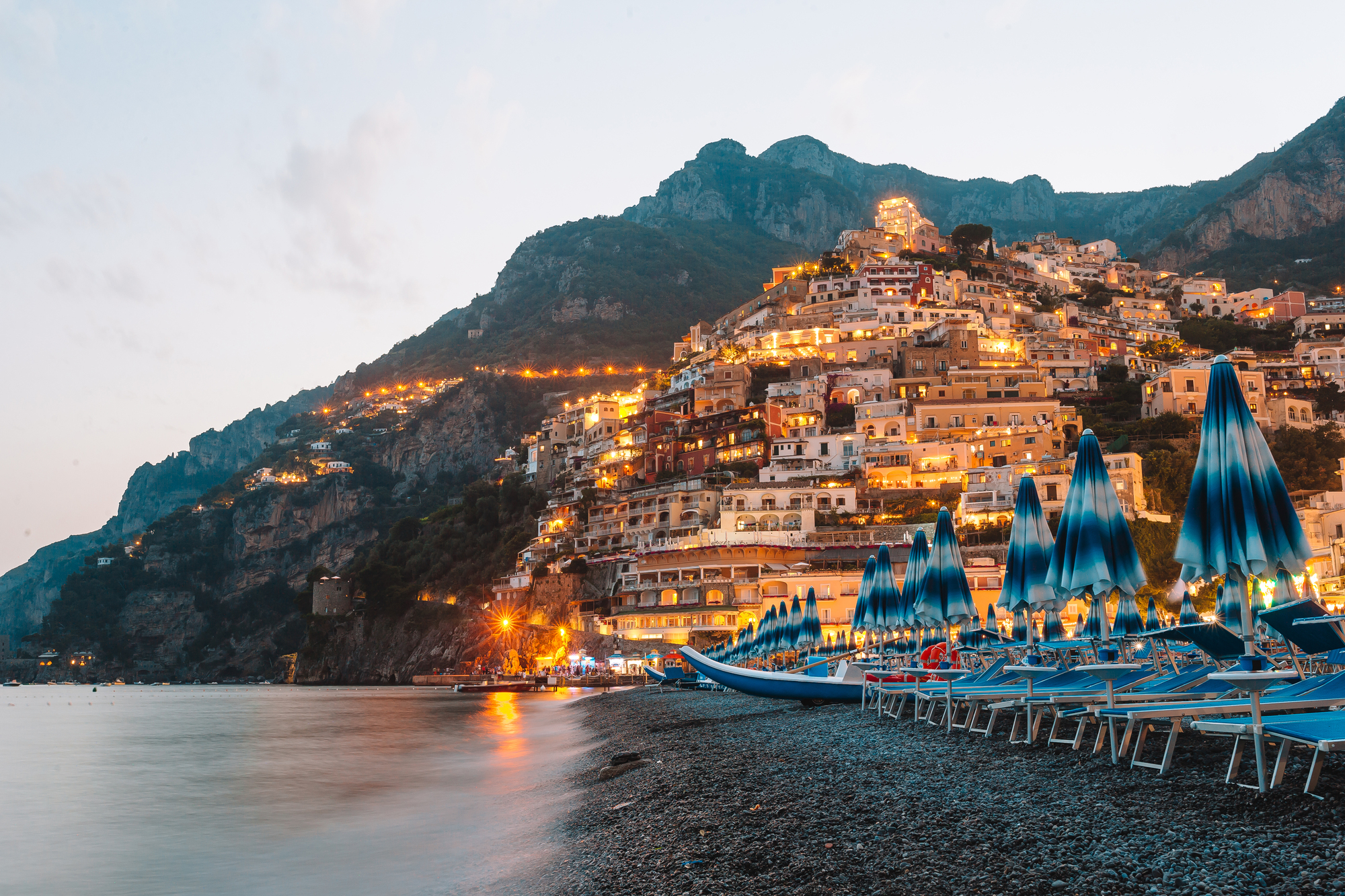
Italy’s Amalfi Coast jewel cascades down a near-vertical hillside like colorful paint spills, with houses stacked so tightly that rooftops serve as neighbors’ gardens. The village’s main street is actually a staircase, and residents navigate their daily routines by climbing hundreds of steps that would challenge mountain goats.
Cars can’t reach most homes, so everything from groceries to furniture must be carried by hand through narrow passages that twist between buildings cantilevered over the Mediterranean.
Ronda

This Spanish town sits atop a 400-foot limestone cliff, divided by a dramatic gorge that early residents decided to bridge rather than relocate around. The Puente Nuevo spans the chasm with three arches that seem impossibly delicate for supporting an entire neighborhood’s worth of traffic.
Walking through Ronda’s streets means constantly encountering viewpoints where the ground simply ends, revealing dizzying drops to the Guadalevín River far below.
Like Travel Pug’s content? Follow us on MSN.
Vernazza

One of Italy’s Cinque Terre villages, Vernazza, appears to emerge directly from seaside cliffs like a geological formation rather than human construction. Medieval builders carved house foundations into solid rock, creating a settlement where the distinction between natural cliff face and building wall becomes meaningless.
The village’s small harbor represents a triumph of engineering determination—residents literally carved a haven from a hostile coastline.
Castellfollit de la Roca
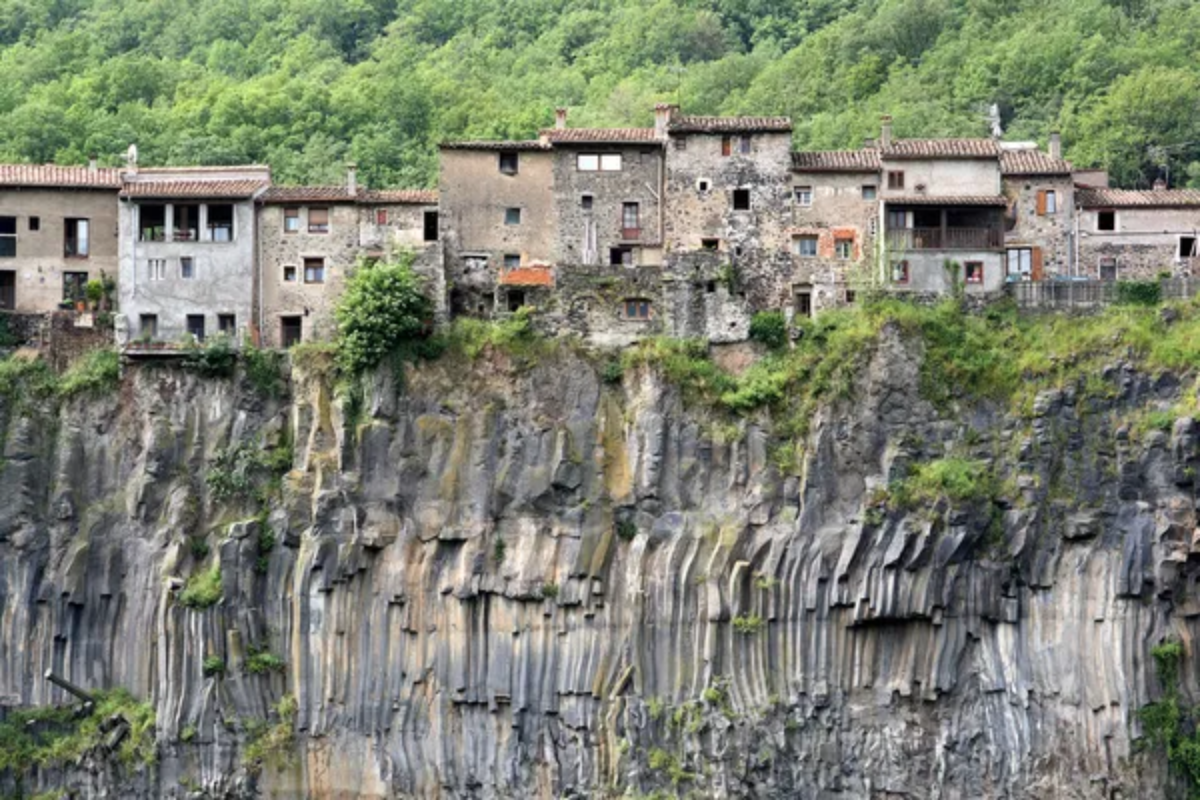
This Catalan village perches on a basalt cliff formed by ancient lava flows, with houses built so close to the edge that their back walls form part of the precipice itself. The settlement stretches along a narrow ridge barely wide enough for a single street, forcing residents to build vertically rather than horizontally.
From certain angles, the village appears to be a single continuous structure growing from the cliff face like some improbable architectural coral.
Manarola

Another Cinque Terre marvel, Manarola, clings to rocky slopes so steep that vineyards must be terraced into narrow ledges supported by centuries-old stone walls. Houses stack upon each other in colorful tiers, with each level’s foundation built on the previous level’s roof.
The village’s relationship with gravity becomes apparent during storms when waves crash against buildings that serve as both homes and seawalls.
Like Travel Pug’s content? Follow us on MSN.
Monsanto
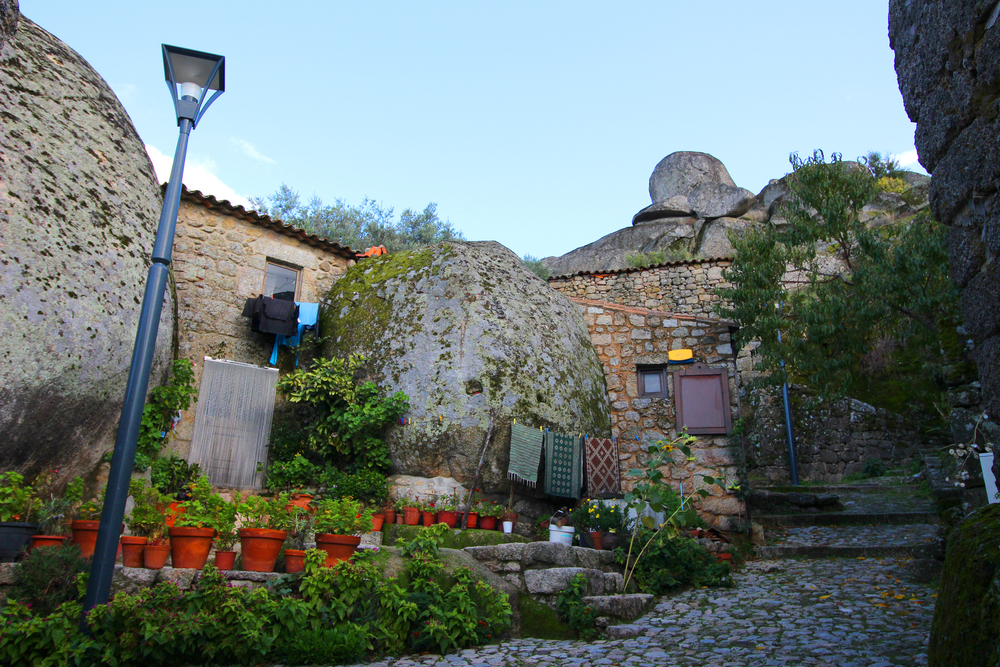
Portugal’s ‘most Portuguese village’ wedges itself between enormous granite boulders, with houses built around, under, and occasionally on top of rocks that dwarf their human-scale architecture. Some buildings use massive stones as walls or roofs, creating the impression that geological forces rather than human hands constructed the village.
Residents navigate streets that squeeze between house-sized boulders in a settlement where landscape and architecture merge completely.
Rocamadour
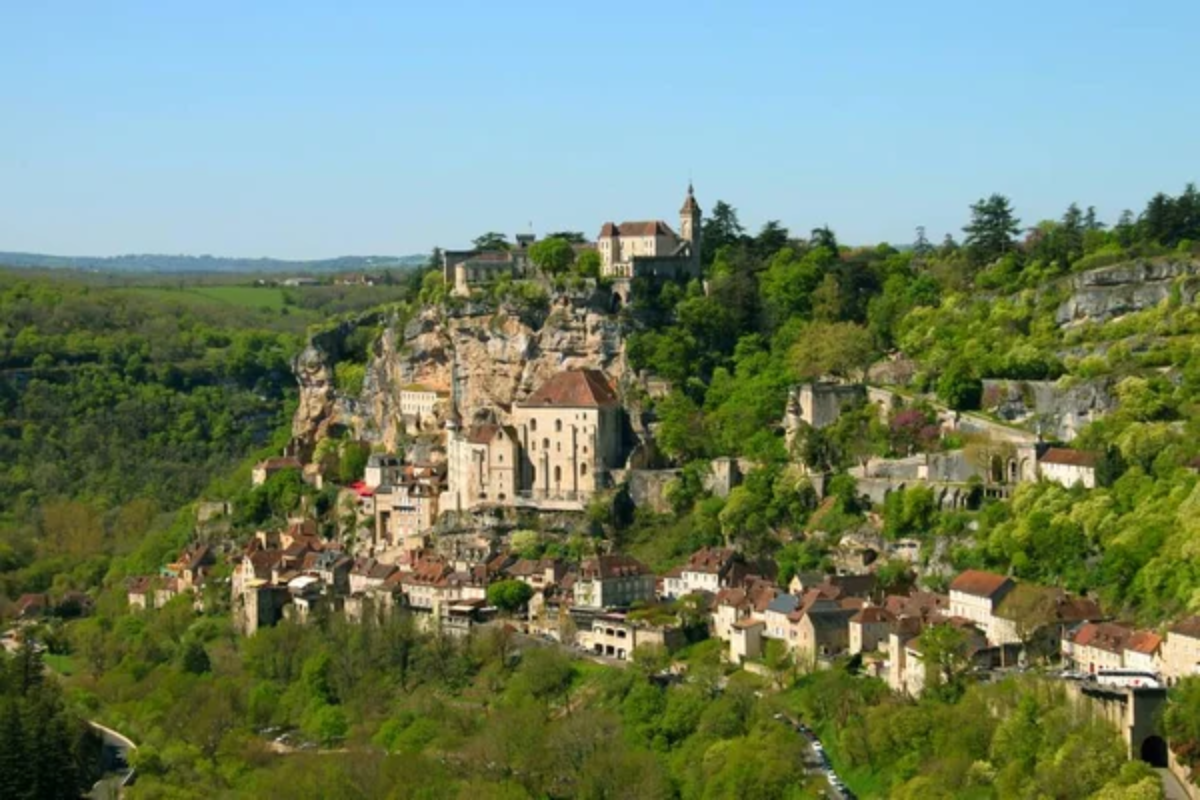
This French pilgrimage site climbs a cliff face in distinct levels, like a medieval apartment complex built vertically rather than horizontally. Chapels, houses, and ramparts stack above each other, connected by staircases carved into living rock that pilgrims have climbed for over a thousand years.
The village’s layout defies conventional urban planning—streets run at different elevations, and some buildings can only be reached by climbing through other structures.
Cuenca
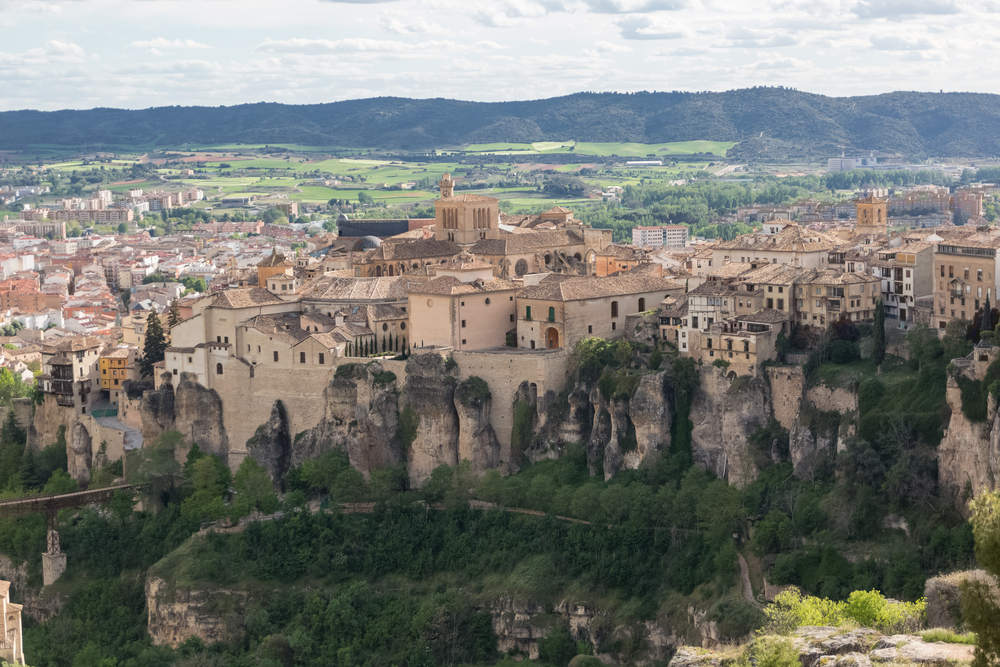
Spain’s hanging city built houses directly over a river gorge, with rooms that cantilever into space, supported by wooden beams anchored in clifftop bedrock. The famous casas colgadas appear to float above the Huécar ravine, their windows looking straight down at the river hundreds of feet below.
Medieval architects somehow calculated load-bearing requirements for structures that extend beyond their foundations, creating homes where the living room literally hangs in midair.
Like Travel Pug’s content? Follow us on MSN.
Acapulco La Quebrada

Mexico’s cliff divers perform at this seaside village, where houses cascade down rocky slopes toward a narrow inlet famous for its treacherous diving conditions. The settlement’s layout follows the natural contours of the cliff, with buildings perched at angles that seem to challenge both gravity and common sense.
Residents navigate steep pathways where one misstep could result in an unplanned dive into the Pacific Ocean.
Bonifacio
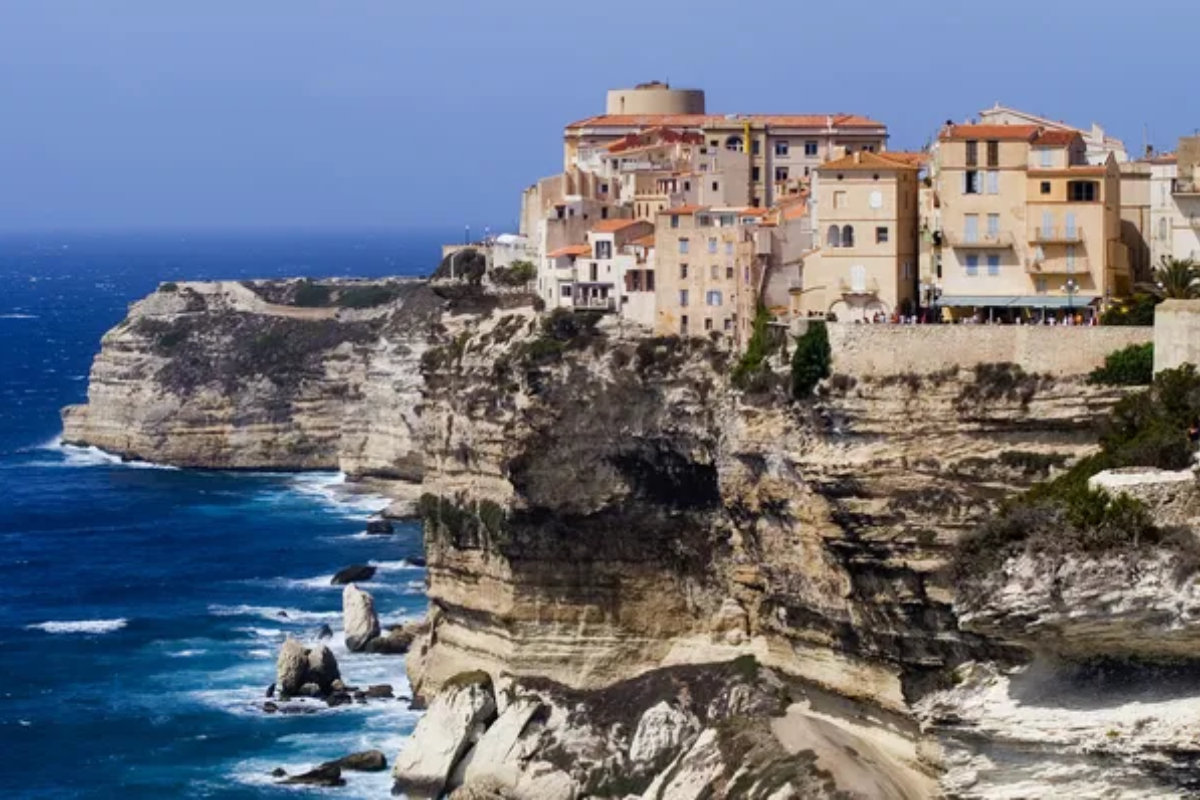
Corsica’s citadel town sits atop white limestone cliffs that erosion has carved into dramatic overhangs, with medieval houses built right to the precipice edge. The old town’s ramparts follow the cliff line so closely that buildings appear to grow from the rock itself, while harbor activities far below seem to occur in a different world entirely.
Walking through Bonifacio’s narrow streets provides constant reminders of the dramatic drop just beyond the next corner.
Al Hajjarah
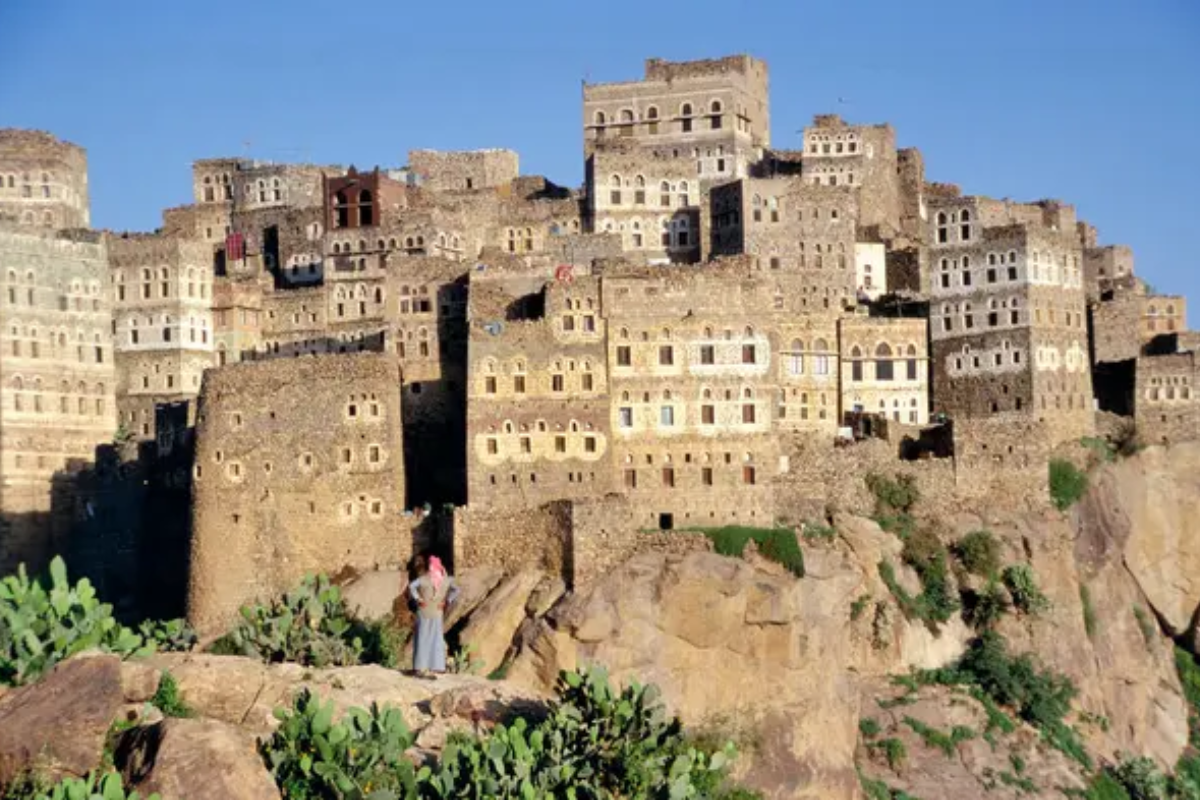
Yemen’s mountain village perches on a rocky outcrop like an eagle’s nest, with traditional stone towers rising from cliff edges that provide natural defense against both enemies and erosion. The settlement’s multi-story buildings use the mountainside itself as a foundation, while narrow windows offer views across valleys that stretch to distant peaks.
Water collection and food storage require ingenious solutions when your entire village sits on what amounts to a stone pedestal hundreds of feet above the nearest flat ground.
Like Travel Pug’s content? Follow us on MSN.
Gásadalur

This Faroese village sits on a clifftop plateau where 18 residents endure some of the world’s most challenging weather conditions, including winds that can literally blow people off their feet. Houses hunker down against the landscape with thick walls and minimal windows, while the village’s famous Múlafossur waterfall plunges directly from the settlement’s edge into the North Atlantic.
Daily life here means constant awareness of the cliff edges that surround the village on three sides.
Santorini Villages
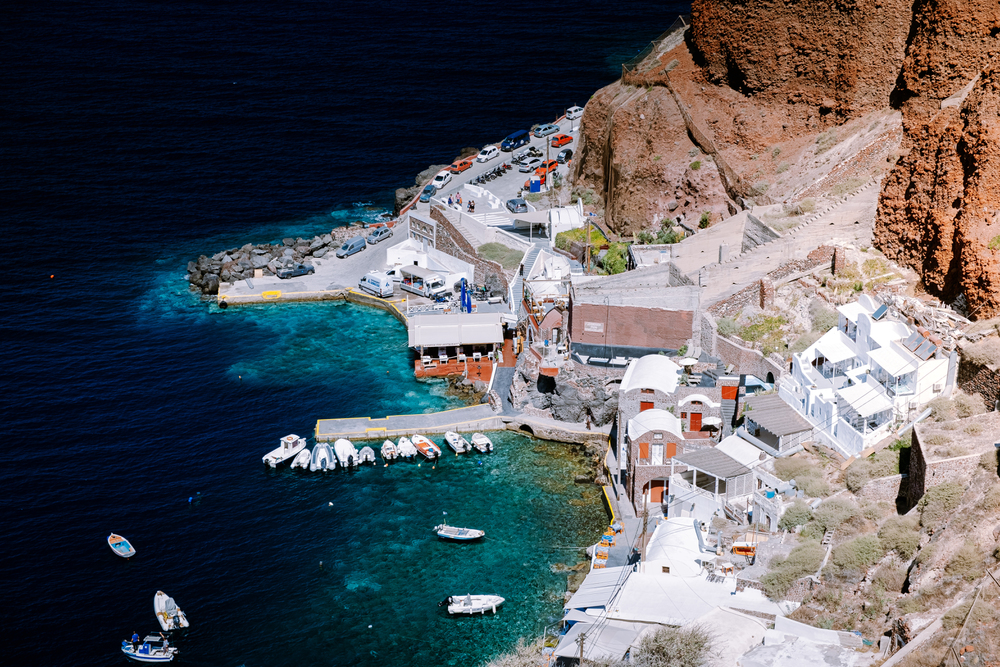
The Greek island’s clifftop settlements, like Oia and Fira, cascade down caldera walls in white-washed cascades that seem to defy architectural logic. Houses carved into volcanic rock use the cliff face itself as their back wall, while front terraces provide the only flat space available for daily activities.
The villages’ famous sunset views come at the cost of living on the edges where a single strong wind could be catastrophic.
Civita di Bagnoregio
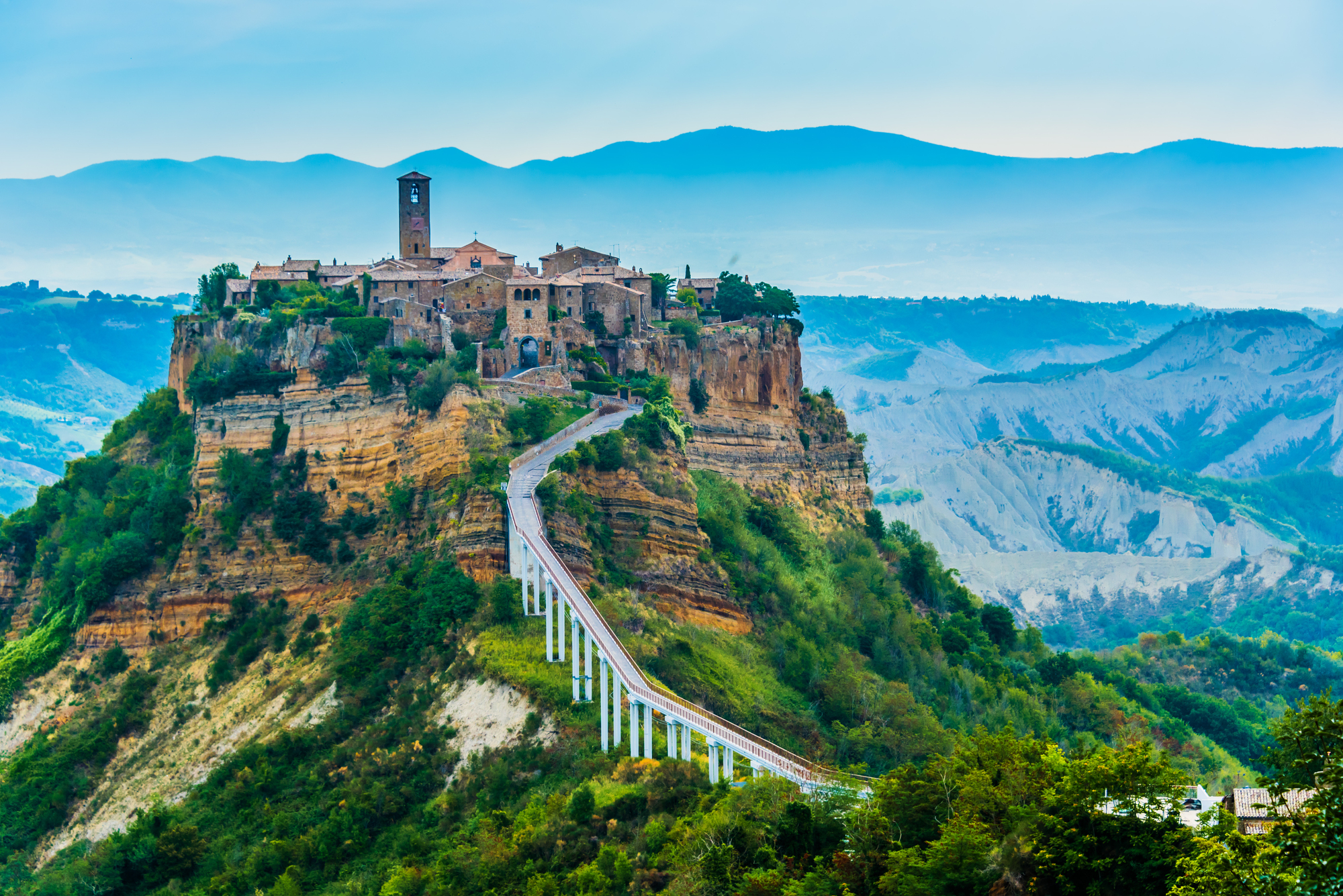
Italy’s ‘dying city’ sits on an eroding hilltop connected to the outside world by a single footbridge, as the surrounding valley has been carved away by centuries of weathering. The medieval village slowly shrinks as its edges crumble into the surrounding ravines, creating a race between preservation efforts and natural erosion.
Residents live with the constant awareness that their entire community rests on a foundation that diminishes with each heavy rainstorm.
Like Travel Pug’s content? Follow us on MSN.
Masuleh
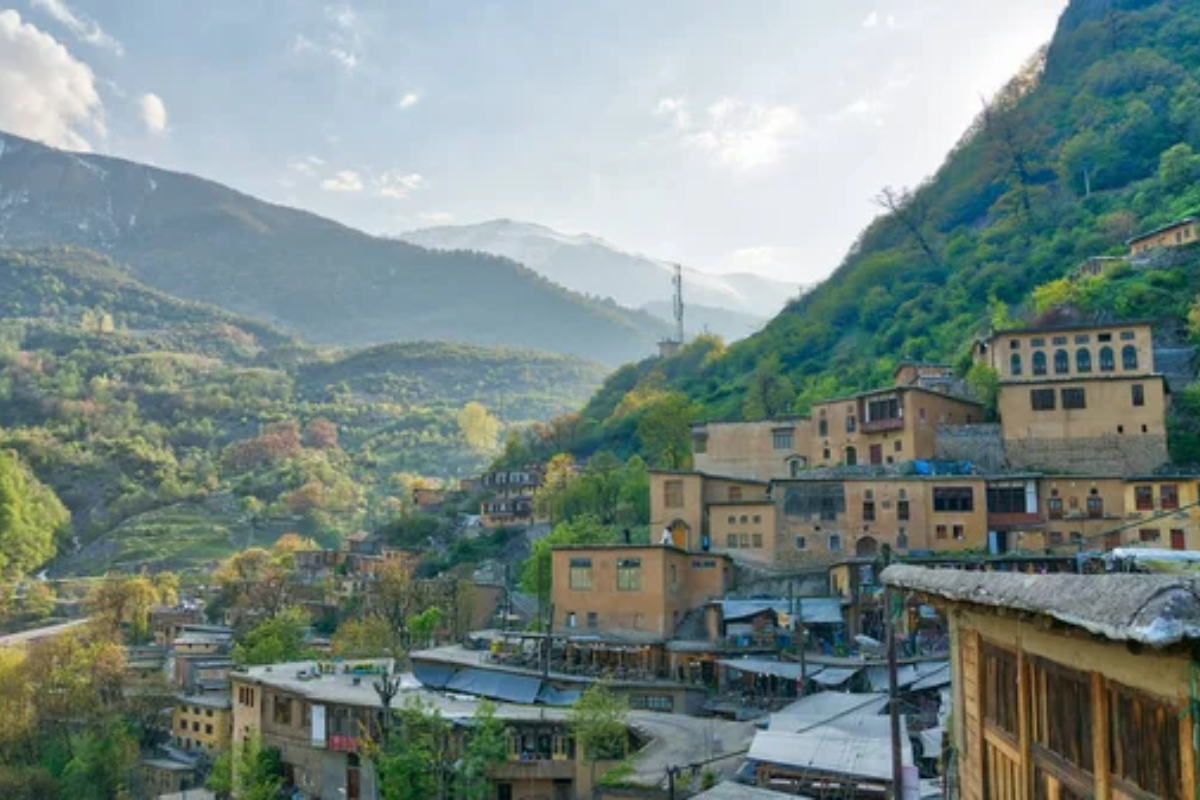
Iran’s stepped village climbs a mountainside so steep that each house’s roof serves as the next level’s courtyard, creating a continuous staircase of interconnected terraces. The traditional architecture takes advantage of the extreme slope by stacking homes vertically, while the village’s yellow-clay construction blends seamlessly with the surrounding mountainside.
Cars cannot reach most of the settlements, so residents navigate their daily routines using pathways that would challenge experienced mountain climbers.
Living on the Edge
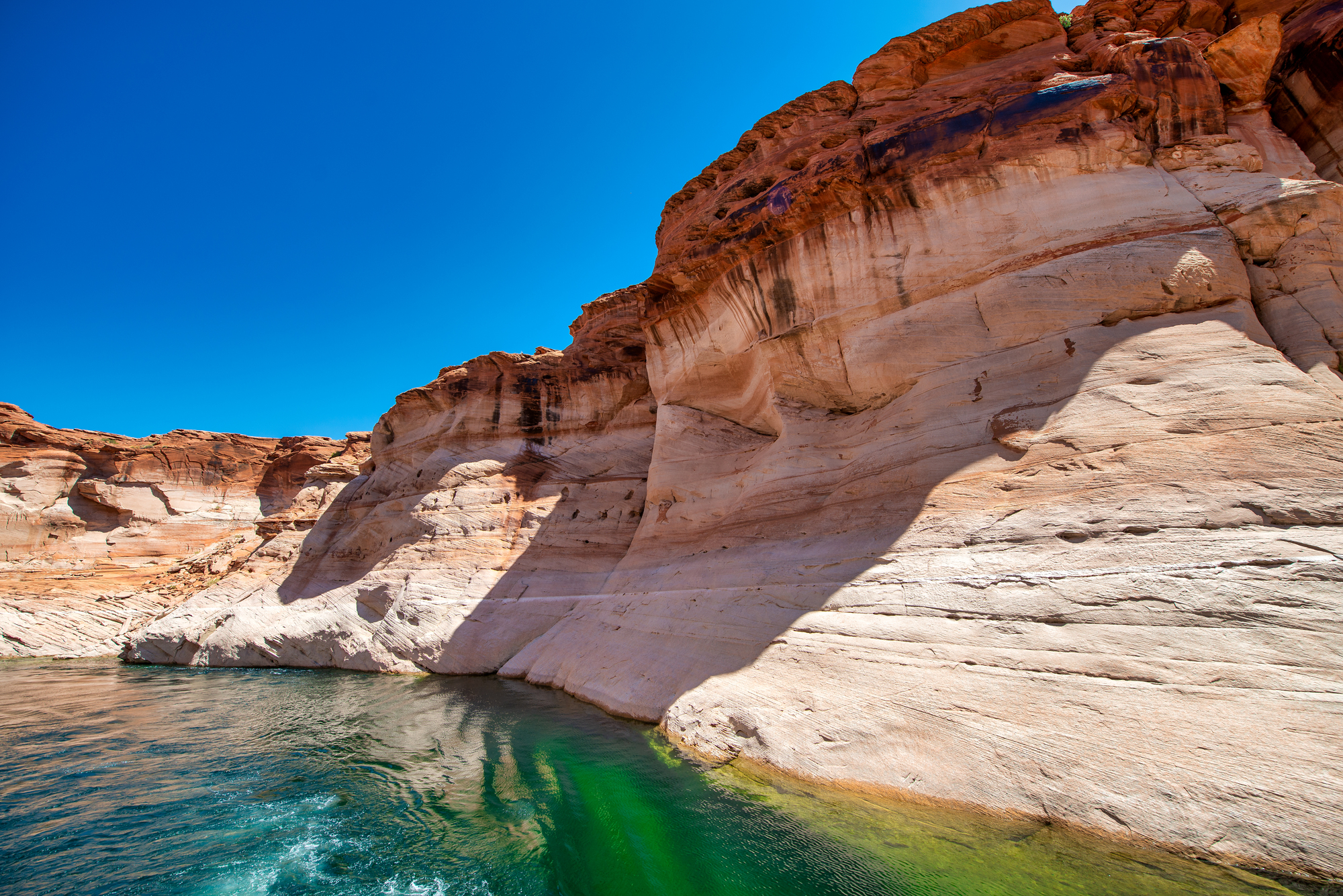
These communities represent humanity’s refusal to accept geographical limitations, turning seemingly impossible locations into thriving settlements through ingenuity and determination. Their continued existence proves that people will adapt to virtually any environment rather than abandon places that offer strategic advantages, spiritual significance, or simply stunning beauty.
They stand as monuments to architectural creativity and human stubbornness, demonstrating that gravity is just another problem to be solved rather than a force to be feared.
More from Travel Pug

- 20 Best Beach Towns in the Carolinas
- 13 Destinations Where Tourists Regularly Regret Their Trip
- 20 Destinations That Are More Magical Without an Itinerary
- 20 Underrated Adventures That Belong on Your Travel List
- 20 Cities Where You Should Just Wing It, No Planning Required
Like Travel Pug’s content? Follow us on MSN.N.
